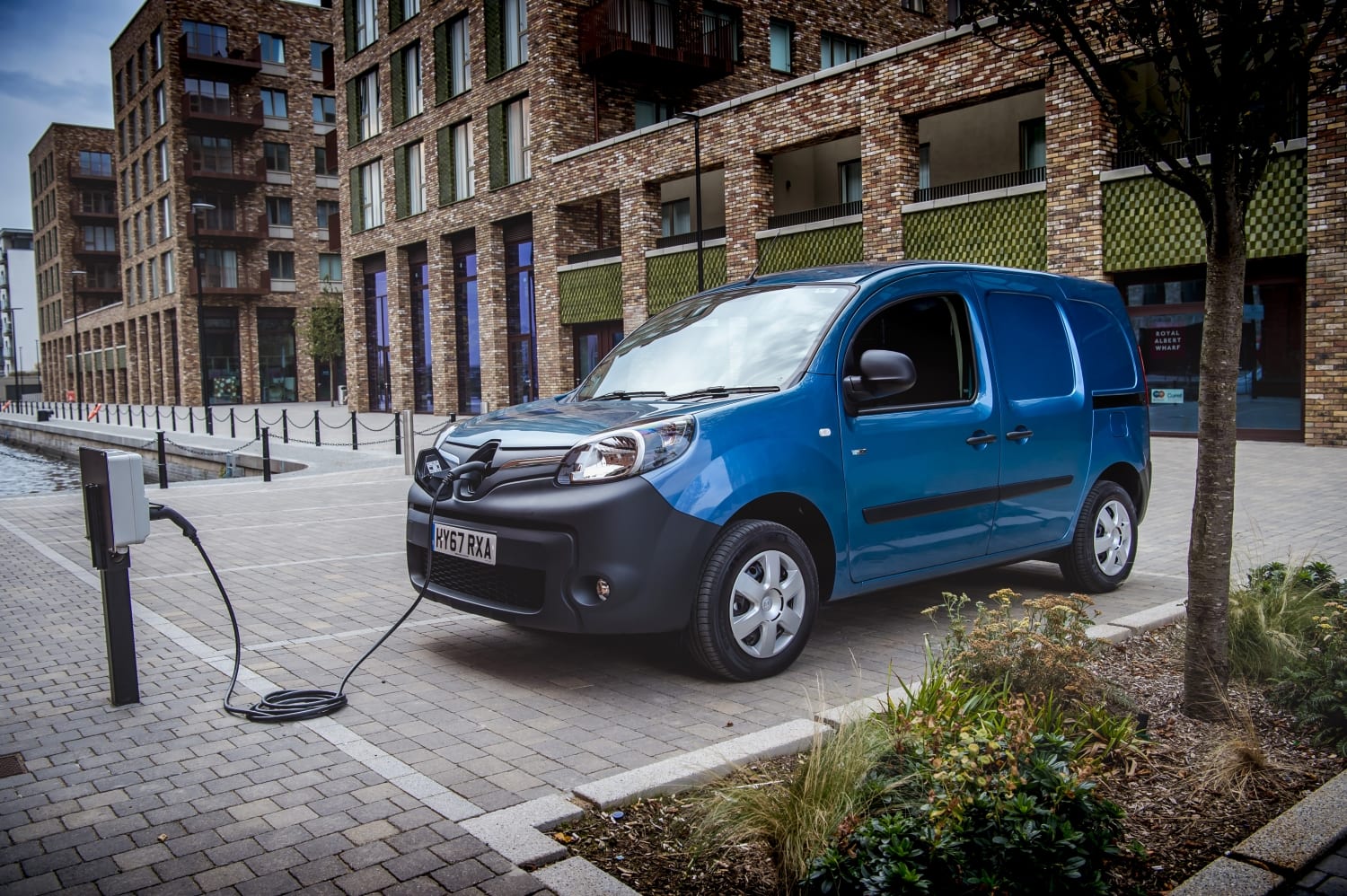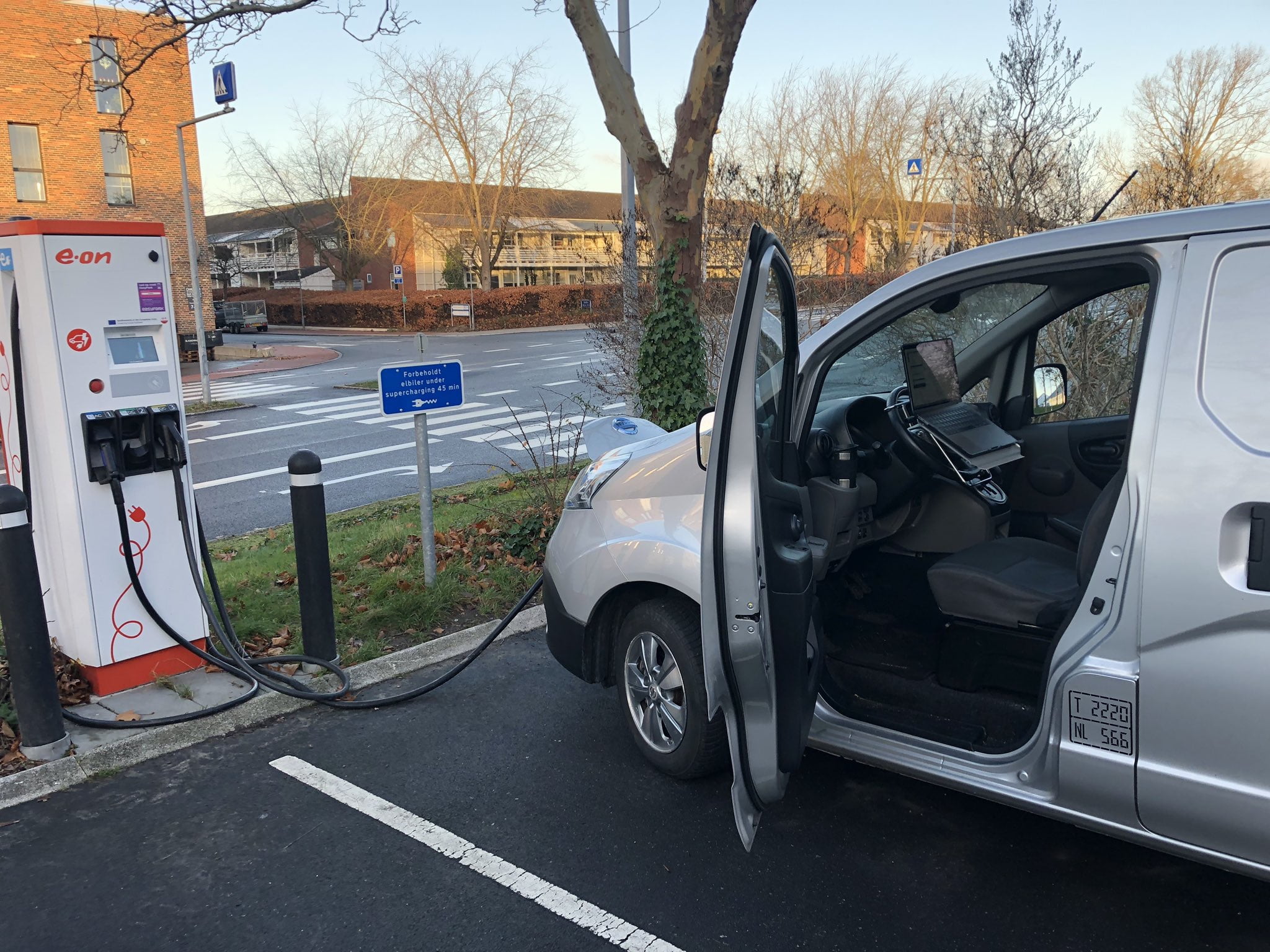An electric van is a battery electric vehicle, powered only by electricity. The vehicle’s battery is charged from mains electricity using a chargepoint.
Electric vans use a process known as regenerative braking. When the accelerator is released, the electric motor generates electricity, which slows the vehicle and returns some energy to the battery, helping to extend driving range. This is similar to engine braking in a diesel van, but usually more effective, and it can also help reduce brake wear and maintenance costs.
Although electric vans are usually more expensive to purchase or lease than similar diesel models. Adopting them can save you money on fuel, tax and maintenance, which can make them cheaper to operate over the vehicle’s lifetime. They also significantly reduce your fleet’s carbon dioxide (CO2) and nitrogen dioxide (NO2) emissions, as they produce zero tailpipe emissions.
As e-commerce continues to grow, electric vans have been particularly popular for last-mile deliveries and service engineers. They require very few supply chain changes for businesses and have the added benefit of running almost silently, meaning there is potential for wider delivery timeslots with minimal neighbourhood disruption.

